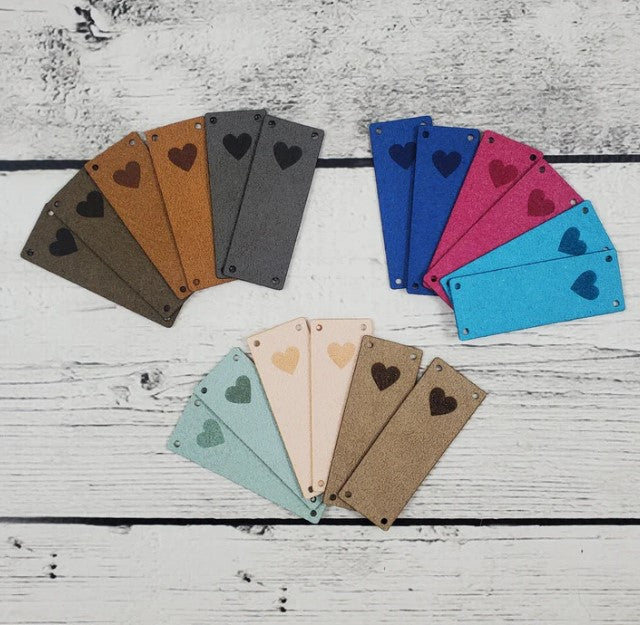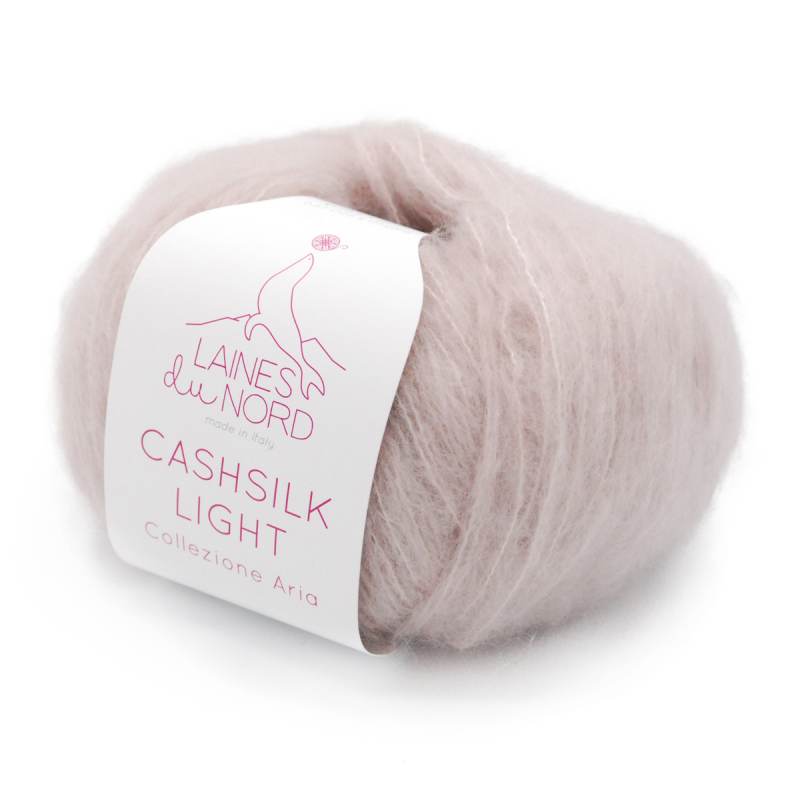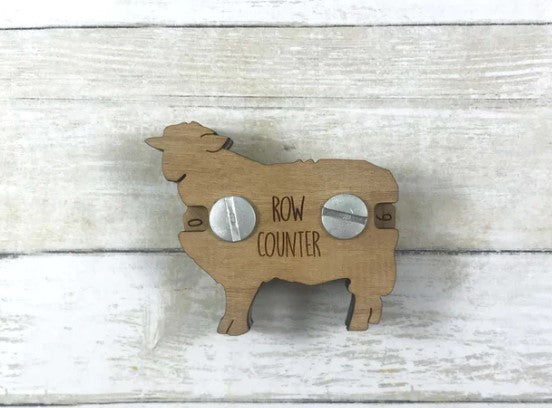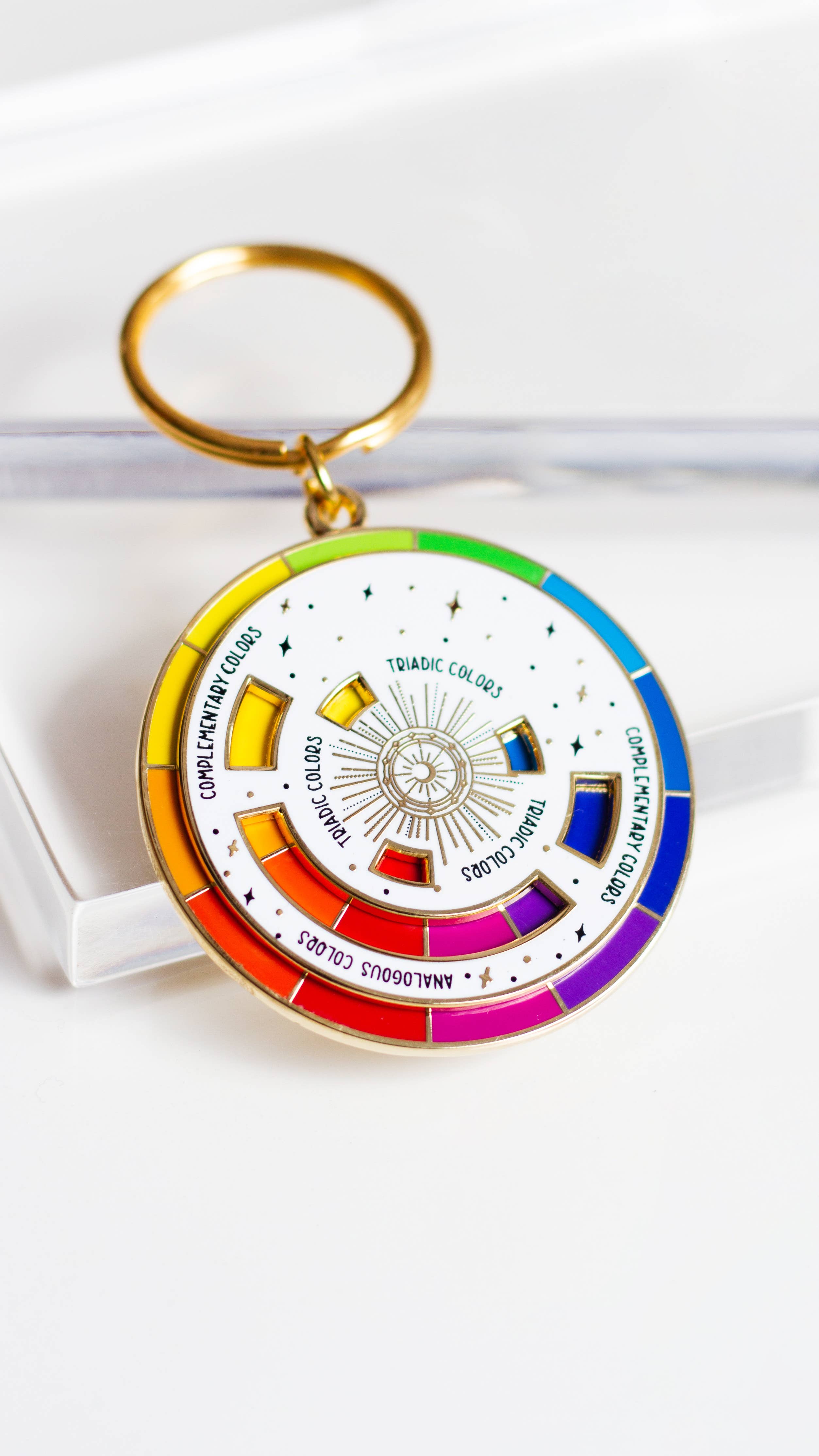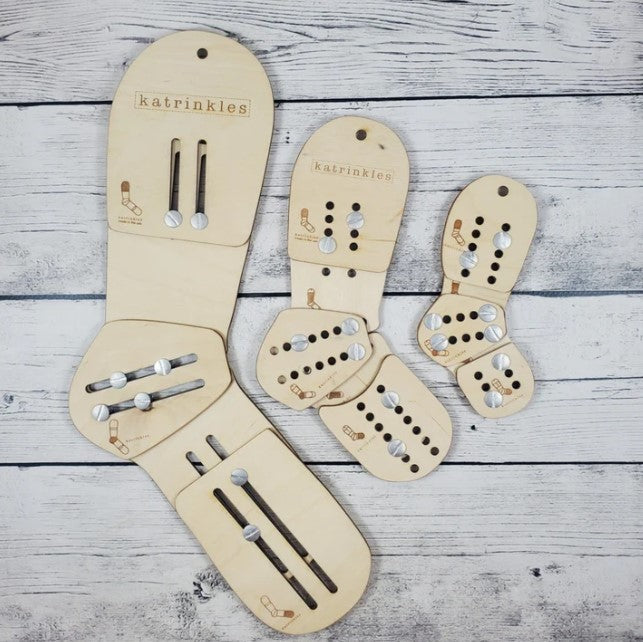Getting Started with Rug Hooking
Rug hooking has over 200 years of history that blends features of art and craft. Few rug-making techniques allow for the colorful and detailed patterns that give people the ability to express their artistic skill through a time-honored tradition. With such elaborate, beautiful designs and attention to detail, many of these rugs have been hung like paintings on walls for all to see.
Rug hooking is a fairly simple process, once you get the hang of it. It involves pulling strips of wool cloth through a burlap or linen backing, one by one. The key to sticking with it is starting with the right supplies, tips and inspiration, all of which you can find here.
First, a Little History
The earliest forms of hooked rugs were found in Yorkshire, England in the 19th century. Mill workers took the useless scraps from the mill, usually long pieces of yarn, and pulled them through a backing to create a rug.
The modern form of rug hooking, which we’ll talk about here, developed on the upper-east coast of North America. It began as a craft of the frugal, since 19th-century rugs were usually only available to the wealthy. Creative women began to use scrap materials to make their own intricate rugs, which was a skill that often wasn’t taught to the girls from wealthy families.
Burlap was an easily-obtained backing material, since it came from leftover grain and feed bags. Scraps of fabric that couldn’t be used elsewhere, such as strips of wool, were used to create rugs. Yarn wasn’t a material of choice, since it was usually reserved for knitting.
Modern rug hooking primarily uses wool strips, specifically because of Pearl McGown. She revived the craft in the 1930s, possibly saving it from disappearing altogether.
Getting Started
Like anything else, you need your rug hooking supplies to get started. Unlike other crafts, however, rug hooking isn’t a craft that typically has kits or supply sections in craft stores. It’s unique, much in the same way as other artisan work like woodworking or leather work, in that it takes time, patience, perseverance and dedication.
Your basic rug hooking supplies include:
Linen and burlap are the materials of choice for the backing. You can also use a rug warp as backing.
A frame or hoop to hold your work.
A rug hook.
Strips of wool that range from 5/32 of an inch wide to 1/2-inch wide.
Scissors.
A pattern. You can purchase patterns, use a free pattern or learn to draw your own pattern with this video from Woolen Folk Art.
Rug Hooking Technique
To begin, stretch your material over the frame or hoop, trying to keep it as tight and even as you can. This will help you create consistent, uniform loops.
Take the first wool strip and hold in under backing in your non-dominant hand, between your thumb and index finger. Using your dominant hand, push your hook through the backing, inside the line of your design pattern. Put the end of the wool strip onto the end of the hook, catch it and pull it back through so the tail end pops through. You should have a quarter inch of the end showing.
Push the hook through the hole, next to the end you pulled up. Use your fingers to feed the strip beneath the backing, grasp it with the hook and pull a loop that is roughly a quarter inch above the surface. Release the loop from the hook, put the hook into the next hole and start again. Try to make your loops the same size.
Skip the next hole to keep your wool from being too tight. This can keep your rug from lying flat, and it wastes wool. Try to keep your holes uniformly spaced across your pattern, so you will hook two holes, skip one, and so on.
When you complete the strip, there will be a small tail at the end. From the side, this row should look uniform.
Move on to your next wool strip and pull it through the same hole you pulled the tail of the previous strip through. Pull the end of the new strip near the tail of the original strip, release it, then push the hook into the hole next to the two tails. Pull a loop level to the first strip, release it, then reach and put a loop into the next hole. Repeat this pattern, skipping a hole and pulling up the tails as you work.
When you’re finished, cut the excess backing away. Use it to bind the rug by folding it and sewing along the backside of the rug.
Tips and Tricks
The best way to learn rug hooking is to simply practice. Over time, you’ll perfect your technique and it will become second nature. You’ll find that you can take on more intricate and challenging patterns as you develop your technique and consistency.
That said, here are a few tips and tricks to help you get started:
- Work on the outline of the pattern first, then go back to fill it in.
- Stay inside the line to avoid distorting the pattern. This becomes more important with more challenging patterns.
- Hook circles in patterns by starting with several loops in the center, moving in concentric rows outwards. It can more difficult to keep the rug flat and the rows even, so this is important.
- Working under the surface of the backing can lead to twisted strips. This is common in the beginning but should improve with practice.
- If a strip breaks, pull the last end to the surface, trim it and start in that same hole with your next strip.
Rug Hooking Tutorials
How to Hook a Circle
This video shows a simple technique for hooking perfect circles.
Instructions credit: Rug Hooking Magazine
How to Pick a Hook
There are different rug hooks for different techniques and patterns. This video shows you how to select the right rug hook for your project.
Instructions credit: Rug Hooking Magazine
How to Dye Wool
You can always use scrap wool or purchase wool in different colors for your rug hooking project, but hand dyeing wool guarantees you’ll have the exact color you’re looking for. This tutorial teaches the basics of hand dyeing wool.
Instructions credit: Molly Chicken
How to Make Dye Out of Your Garden Plants
This tutorial covers 30 different garden plants that can be used as natural dye for your wool strips.
Instructions credit: Gardening Know How
Rug Hooking Tips for Beginners
This covers a few more helpful tips to get started with rug hooking.
Instructions credit: Mollie Makes
Though it originated from necessity, rug hooking has become a modern craft that mixes the primitive with the new for unique décor with a personal touch. Take the time to learn and enjoy the process so you can create your own works of art with this old tradition.
Trying out one of these great rug hooking designs? Tag us on Instagram @ecofriendlycrafting so we can see your creation, and don’t forget to check out our wide selection of rug hooking supplies and wool!
- Choosing a selection results in a full page refresh.
